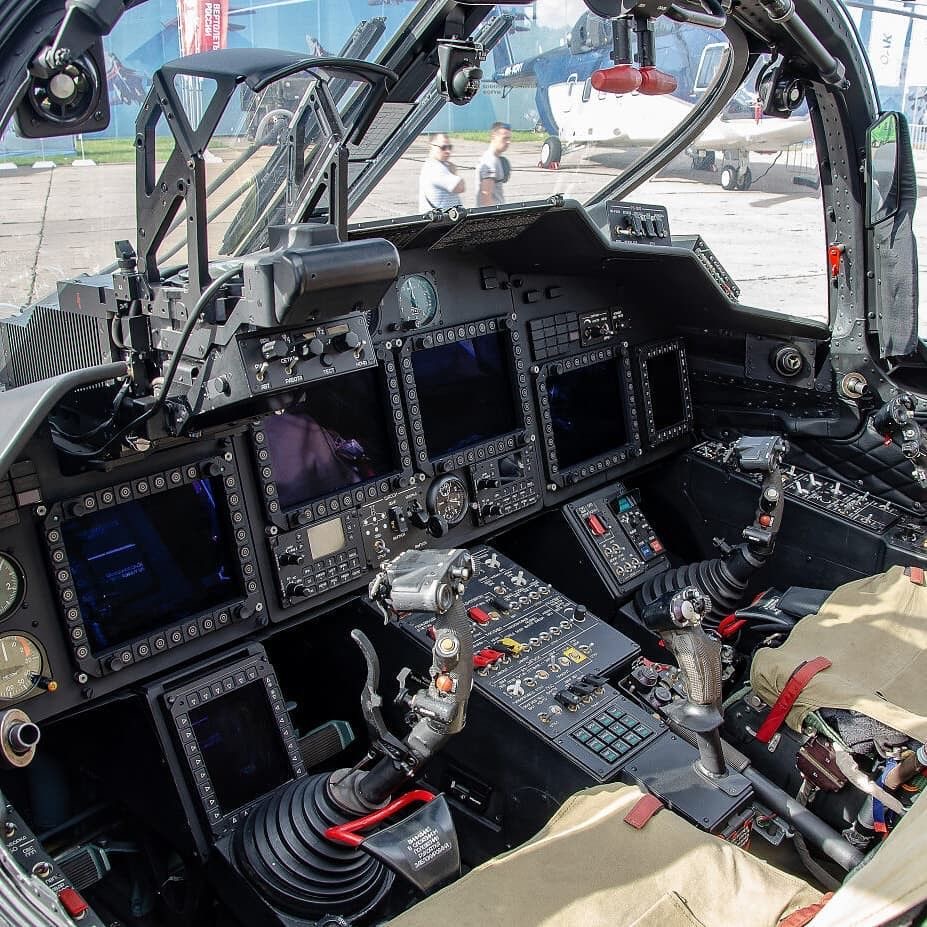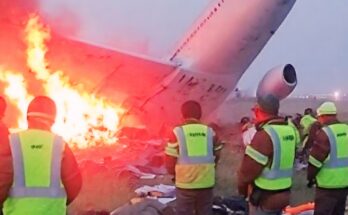
Aircraft design has advanced dramatically over the last few decades, with both military and commercial aviation relying on cutting-edge technology to achieve greater performance, safety, and efficiency. Among the many systems that highlight this progress, fly-by-wire technology stands out. This system replaces traditional manual flight controls with an electronic interface, allowing pilots to command highly complex aircraft with greater precision. Today, fly-by-wire is found in some of the most advanced fighter jets, helicopters, and even passenger planes. Notable examples include the Russian Sukhoi Su-35, the Kamov Ka-52 attack helicopter, and Airbus’s family of commercial airliners.
The Sukhoi Su-35, a highly maneuverable Russian multirole fighter, is one of the best-known examples of fly-by-wire in military aviation. Its electronic control system allows pilots to manage the aircraft’s thrust-vectoring engines, enabling maneuvers that would be impossible with conventional controls. The Su-35 can perform tight turns, abrupt climbs, and evasive movements with remarkable agility, making it a formidable opponent in air-to-air combat. Fly-by-wire also enhances flight stability, allowing the Su-35 to operate effectively even when flying at high angles of attack where traditional aircraft might stall. This blend of agility and stability demonstrates how technology has redefined what modern fighters can achieve.
The Kamov Ka-52 “Alligator” represents another step forward in the use of fly-by-wire systems, but this time in rotary-wing aircraft. As a twin-seat attack helicopter, the Ka-52 requires exceptional handling, especially during low-altitude missions where threats are constant. Fly-by-wire assists pilots in controlling the helicopter under demanding conditions, improving responsiveness and safety. It also integrates seamlessly with the helicopter’s advanced avionics and targeting systems, ensuring that pilots can focus on mission objectives without being overwhelmed by manual control inputs. By enhancing stability in flight and during weapons deployment, the system gives the Ka-52 a decisive edge in modern battlefield environments.
While fly-by-wire has proven invaluable in military applications, its importance is perhaps most visible in commercial aviation. Airbus was one of the first manufacturers to fully embrace the technology, beginning with the A320 in the 1980s. Today, all Airbus commercial jets rely on electronic flight control systems. In this setting, fly-by-wire enhances passenger safety by automatically preventing pilots from exceeding certain limits, such as dangerous angles of climb or excessive banking. It also reduces pilot workload by filtering commands through flight control computers, ensuring smooth handling across different phases of flight. For airlines, this translates into improved fuel efficiency, reduced wear on aircraft components, and greater consistency across fleets.
The shared use of fly-by-wire technology in military fighters, attack helicopters, and commercial passenger jets highlights its versatility and value. In combat, it enables extraordinary maneuverability and precision. In civilian air travel, it delivers safety, reliability, and efficiency. Whether in the cockpit of a Sukhoi Su-35 executing breathtaking aerial maneuvers, a Kamov Ka-52 navigating hostile terrain, or an Airbus jet carrying hundreds of passengers across continents, fly-by-wire serves as a reminder of how innovation shapes the skies. Its widespread adoption underscores a central truth in aviation: the future of flight is inseparable from technology that blends human skill with digital precision.


